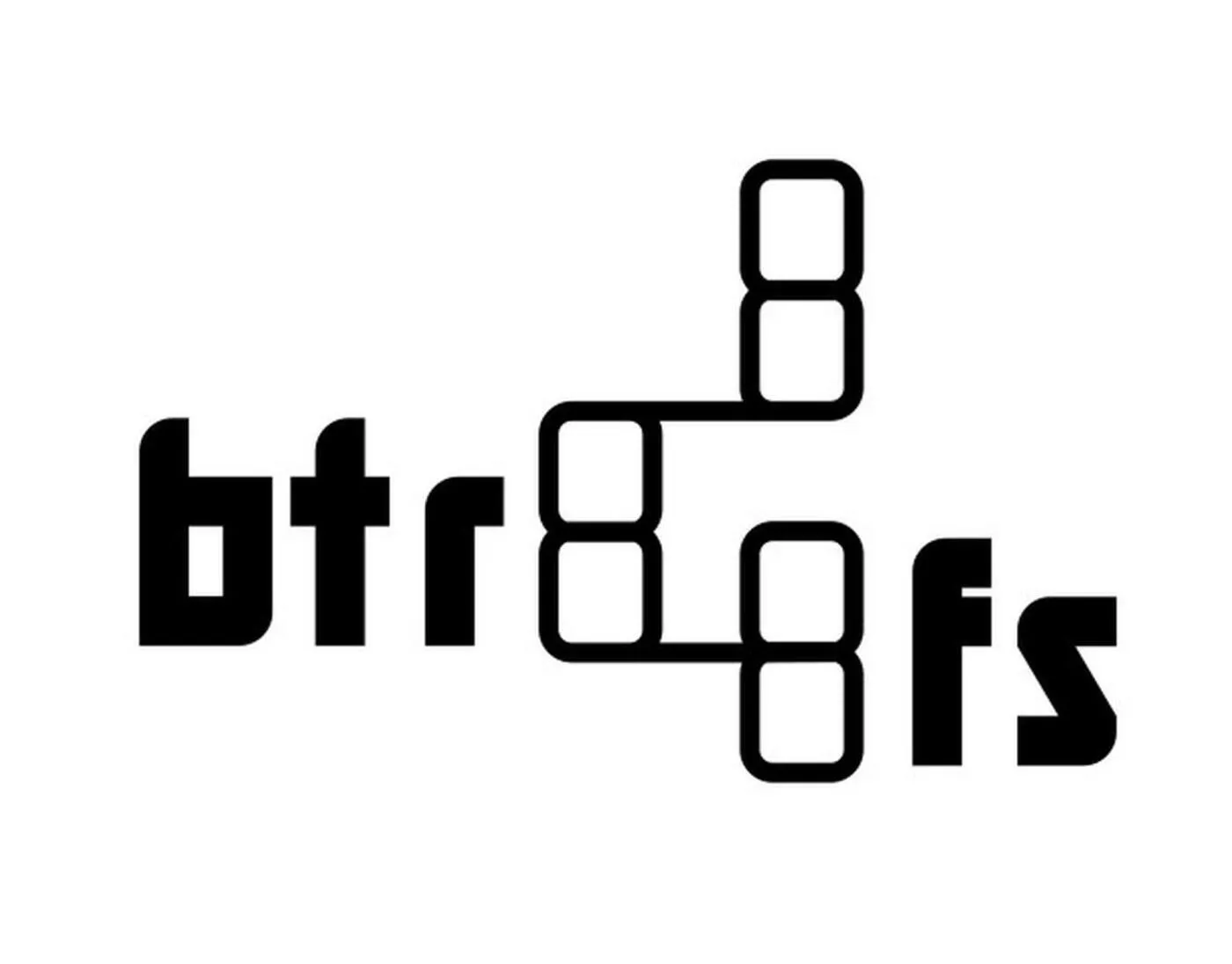BTRFS: The Next-generation File System
BTRFS (B-tree file system) is a modern file system that was designed to address the limitations of traditional file systems. It was developed by Oracle Corporation and released in 2009. Since then, it has been constantly evolving and improving with the help of the open-source community. BTRFS is a copy-on-write file system that supports features such as snapshots, checksums, and compression. It is also known for its scalability, performance, and reliability.
Features
Copy-on-write
BTRFS uses a copy-on-write mechanism that ensures data consistency and integrity. When data is modified, BTRFS creates a new copy of the data and writes the changes to the new copy. The original data is left unchanged until the new copy is written successfully. This mechanism ensures that there are no data inconsistencies or corruption.
Snapshots
BTRFS supports snapshots, which are read-only copies of a file system at a specific point in time. Snapshots are useful for creating backups, restoring data, and testing changes without affecting the original file system. Snapshots can be created manually or automatically, and they consume minimal disk space as they only store the differences between the original and the snapshot.
Checksums
BTRFS uses checksums to ensure data integrity. When data is written to the file system, BTRFS calculates a checksum for the data and stores it alongside the data. When the data is read, BTRFS recalculates the checksum and compares it to the stored checksum. If the checksums do not match, BTRFS knows that the data has been corrupted and can take corrective action.
Compression
BTRFS supports compression, which reduces the size of data on disk. Compression is useful for saving disk space, reducing network bandwidth usage, and improving performance. BTRFS supports several compression algorithms, including zlib, LZO, and ZSTD.
Scalability
BTRFS is designed to be scalable, which means it can handle large amounts of data and file systems. BTRFS can support file systems up to 16 exabytes in size, which is much larger than traditional file systems. BTRFS can also handle large files, directories, and metadata with ease.
Performance
BTRFS is known for its performance, especially when it comes to reading and writing large files. BTRFS uses techniques such as caching, pre-fetching, and parallelism to optimize performance. BTRFS also supports TRIM, which improves performance by notifying the file system of unused blocks.
Reliability
BTRFS is designed to be reliable, which means it can detect and correct errors automatically. BTRFS uses checksums, redundant data, and error correction codes to ensure data integrity. BTRFS can also detect and correct errors on disk, such as bad sectors and data corruption.
Use Cases
BTRFS is widely used in enterprise environments due to its scalability, reliability, and performance. It is a popular choice for storing large amounts of data, such as media files and databases. BTRFS is also used for virtualization, as it can handle large virtual machine images and snapshots. BTRFS is gaining popularity in the Linux community, and is being adopted by several Linux distributions, including SUSE Linux Enterprise, Fedora, and OpenSUSE.
Downsides
While BTRFS has many advantages, it also has some downsides. BTRFS is relatively new compared to other file systems, which means it may have some stability issues. However, the BTRFS development team has been working on addressing these issues, and the file system has become increasingly stable over time. BTRFS also requires more resources than traditional file systems, which may impact performance on older hardware. Finally, not all Linux distributions support BTRFS out of the box, which may require some additional configuration.
Conclusion
BTRFS is a modern file system that addresses the limitations of traditional file systems. It supports features such as snapshots, checksums, and compression, and is known for its scalability, performance, and reliability. BTRFS is widely used in enterprise environments, and is gaining popularity in the Linux community. If you’re looking for a next-generation file system, BTRFS is definitely worth considering. Just make sure to check that your distribution of choice supports it and that your hardware can handle it. BTRFS is a great choice for anyone who needs a reliable, scalable, and performant file system for storing large amounts of data.

